1. Faraci M, Caviglia I, Biral E, Morreale G, Giardino S, Garbarino L, et al. Acute graft-versus-host disease in pediatric allogeneic hematopoietic stem cell transplantation. Single-center experience during 10 yr. Pediatr Transplant. 2012; 16:887–893. PMID:
23131057.

2. Burdick JF, Vogelsang GB, Smith WJ, Farmer ER, Bias WB, Kaufmann SH, et al. Severe graft-versus-host disease in a liver-transplant recipient. N Engl J Med. 1988; 318:689–691. PMID:
3278235.

3. Chen XB, Yang J, Xu MQ, Wen TF, Yan LN. Unsuccessful treatment of four patients with acute graft-vs-host disease after liver transplantation. World J Gastroenterol. 2012; 18:84–89. PMID:
22228975.

4. Rogulj IM, Deeg J, Lee SJ. Acute graft versus host disease after orthotopic liver transplantation. J Hematol Oncol. 2012; 5:50. PMID:
22889203.

5. Perri R, Assi M, Talwalkar J, Heimbach J, Hogan W, Moore SB, et al. Graft vs. host disease after liver transplantation: a new approach is needed. Liver Transpl. 2007; 13:1092–1099. PMID:
17663410.

6. Taylor AL, Gibbs P, Sudhindran S, Key T, Goodman RS, Morgan CH, et al. Monitoring systemic donor lymphocyte macrochimerism to aid the diagnosis of graft-versus-host disease after liver transplantation. Transplantation. 2004; 77:441–446. PMID:
14966423.

7. Post GR, Black JS, Cortes GY, Pollack RB, Wolff DJ, Lazarchick J. The utility of fluorescence in situ hybridization (FISH) analysis in diagnosing graft versus host disease following orthotopic liver transplant. Ann Clin Lab Sci. 2011; 41:188–192. PMID:
21844579.
8. Mazariegos GV, Abu-Elmagd K, Jaffe R, Bond G, Sindhi R, Martin L, et al. Graft versus host disease in intestinal transplantation. Am J Transplant. 2004; 4:1459–1465. PMID:
15307833.

9. Joffe RA. An assist to the next (10th) edition of Lever's Histopathology of the Skin. Am J Dermatopathol. 2009; 31:26–30. PMID:
19155721.

10. Guo ZY, He XS, Wu LW, Zhu XF, Ju WQ, Wang DP, et al. Graft-verse-host disease after liver transplantation: a report of two cases and review of literature. World J Gastroenterol. 2008; 14:974–979. PMID:
18240363.

11. Schöniger-Hekele M, Müller C, Kramer L, Dauber E, Mayr WR, Wrba F, et al. Graft versus host disease after orthotopic liver transplantation documented by analysis of short tandem repeat polymorphisms. Digestion. 2006; 74:169–173. PMID:
17341849.

12. Schrager JJ, Vnencak-Jones CL, Graber SE, Neff AT, Chari RS, Wright KJ Jr, et al. Use of short tandem repeats for DNA fingerprinting to rapidly diagnose graft-versus-host disease in solid organ transplant patients. Transplantation. 2006; 81:21–25. PMID:
16421472.

13. Taylor AL, Gibbs P, Bradley JA. Acute graft versus host disease following liver transplantation: the enemy within. Am J Transplant. 2004; 4:466–474. PMID:
15023138.

14. Thin L, Macquillan G, Adams L, Garas G, Seow C, Cannell P, et al. Acute graft-versus-host disease after liver transplant: novel use of etanercept and the role of tumor necrosis factor alpha inhibitors. Liver Transpl. 2009; 15:421–426. PMID:
19326415.
15. Romagnuolo J, Jewell LD, Kneteman NM, Bain VG. Graft-versus-host disease after liver transplantation complicated by systemic aspergillosis with pancarditis. Can J Gastroenterol. 2000; 14:637–640. PMID:
10978951.

16. Lehner F, Becker T, Sybrecht L, Lück R, Schwinzer R, Slateva K, et al. Successful outcome of acute graft-versus-host disease in a liver allograft recipient by withdrawal of immunosuppression. Transplantation. 2002; 73:307–310. PMID:
11821752.

17. Suk KT, Kim DJ. Drug-induced liver injury: present and future. Clin Mol Hepatol. 2012; 18:249–257. PMID:
23091804.

18. Ghabril M, Chalasani N, Björnsson E. Drug-induced liver injury: a clinical update. Curr Opin Gastroenterol. 2010; 26:222–226. PMID:
20186054.

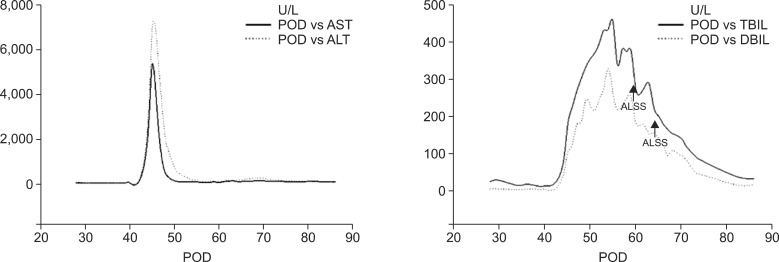
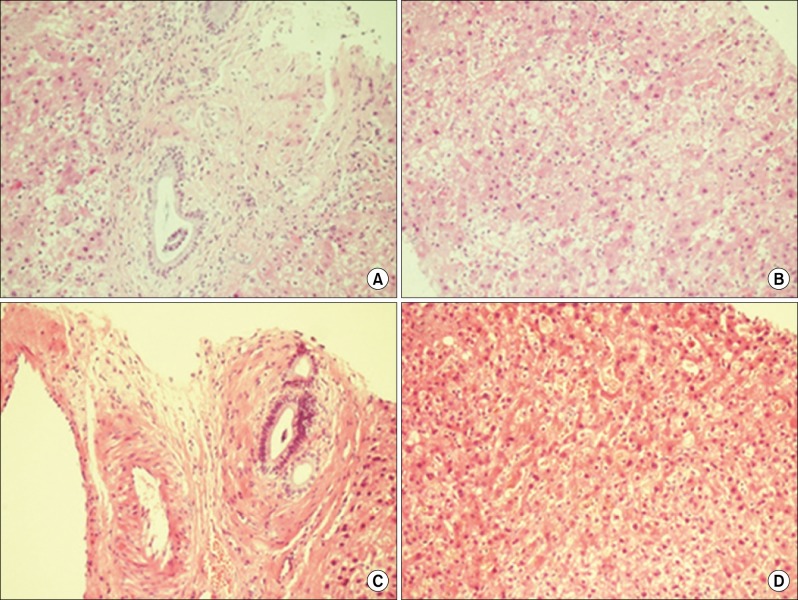




 PDF
PDF ePub
ePub Citation
Citation Print
Print


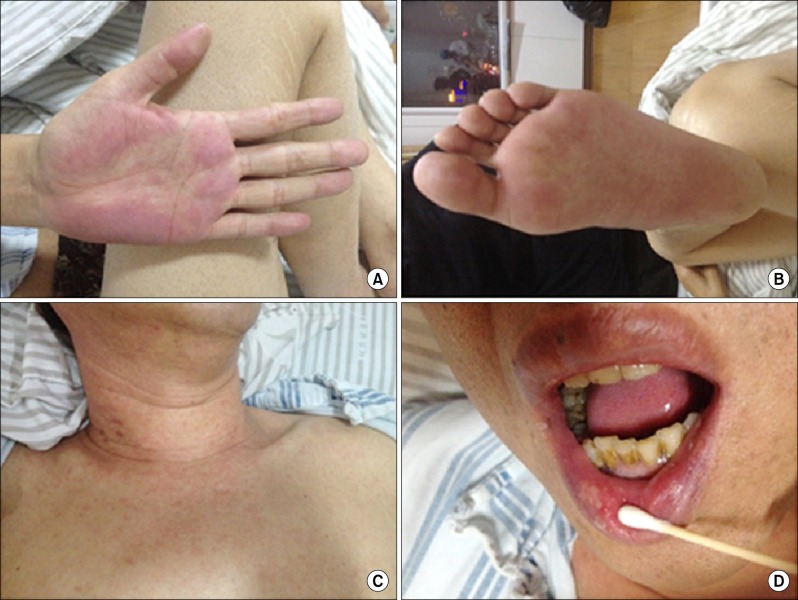
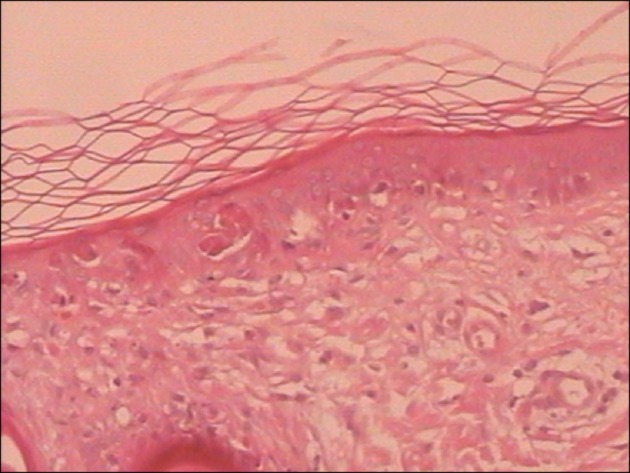
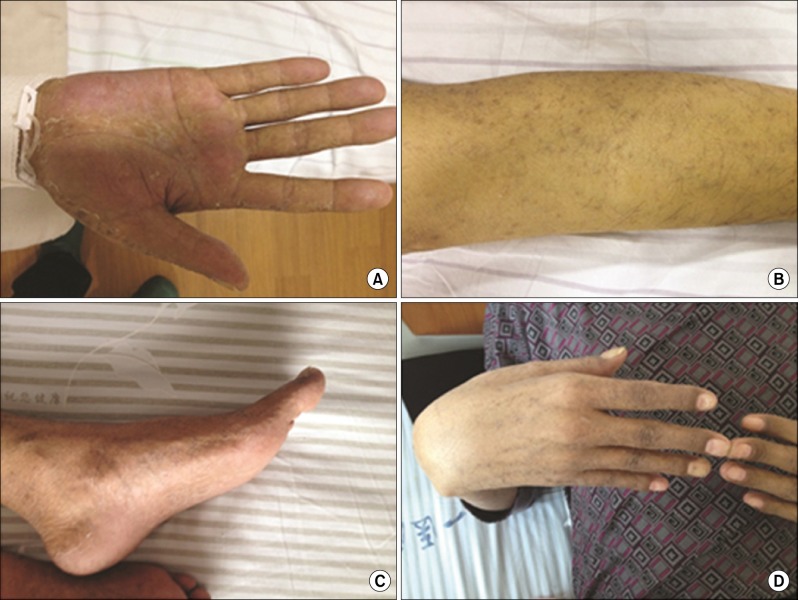
 XML Download
XML Download